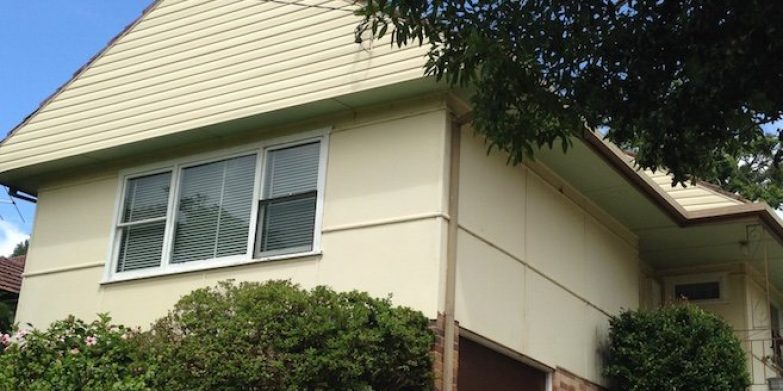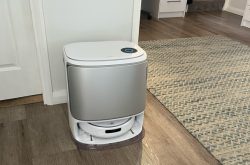In recent years, there has been an increase in properties being put on the market which have intentionally not been disclosed as fibro homes, writes real estate guru Henny Stier. Here’s everything you need to know when it comes to fibro homes on the North Shore and what you should be looking for.
In the 1950s and 1960s, a shortage of building materials after World War II, combined with poverty and a housing boom, saw a big increase in the use of fibro, with entire suburbs being constructed largely from it. Short for fibrous cement sheet, fibro had the advantages of being cheap, durable, low maintenance and fire-resistant. Back in the day, the only drawback to a fibro home was that it did not insulate as well as brick, and the rooms were freezing in winter.
Before the health hazards of asbestos were known, fibro was considered the wonder building product of the 20th Century. And while asbestos was phased out of use in the 1980s, there are still thousands of mid-century fibro houses in suburban and rural Australia.
So what is a fibro house anyway?
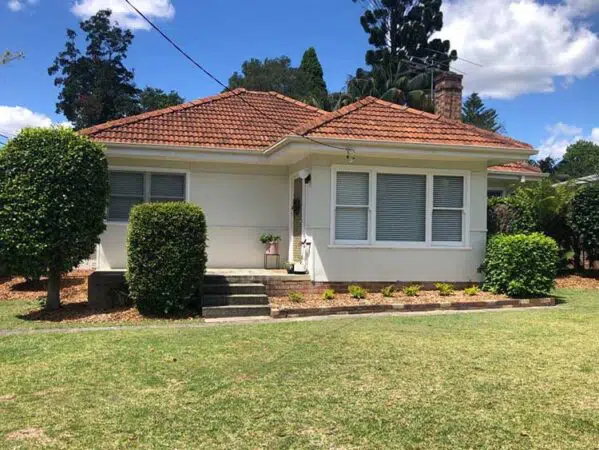
A fibro house on the North Shore
Fibro houses are extremely common on the North Shore, particularly in post-war neighbourhoods.
The most likely form of fibro that you would have come across is the flat sheet type of fibro, which is often used for the cladding of houses, sheds and garages. However, it is also often found inside the house, especially in the laundry and bathrooms (under the tiles), or in a rumpus room, or even used for the walls between rooms. This flat sheeting was simply nailed to the wooden framing, making construction quick and cheap.
Many newer houses of the last two decades also use fibrous cement sheeting (sometimes referred to as FC). This material does not contain asbestos, but the jury is out (for some) on whether there are other health risks involved in using it.
Fibro sheeting can present a health risk if the sheeting is cut, nailed, sanded or disturbed in any way, causing the physical release of the asbestos fibres. It has been proven that asbestos fibres, when inhaled, can cause asbestosis (chronic lung disease), lung cancer and mesothelioma (an aggressive form of lung cancer). However, if not touched and in good condition, then fibro is actually not harmful. The issue becomes a concern if you were to buy a fibro home and you want to put a nail up on the wall to hang a painting; or perhaps you want to renovate the kitchen or bathroom one day. This would cause asbestos fibres to be released into the air and be harmful to health.
Many houses have some element of fibro somewhere. Houses with fibro eaves is extremely common, though not really an issue as they are out of the way. It is more of a concern if the entire house, or a significant portion (such as all the internal walls), is made of fibro. If you want any asbestos removed, it is a costly exercise because it has to be disposed of properly and must be done by qualified professionals only, due to the health risk.
How can you tell if a house is a fibro?
Any structure, such as a house or shed built in the 1950s, ’60s and ’70s, is a candidate for containing asbestos fibro. Try to find out the date when the house was built by consulting local authority records, the builder, past owners, or even the neighbours.
Check out the neighbourhood. If many houses in the street and area are fibro, then this is a very strong clue. It is not always easy to visually identify fibro homes, especially if they have intentionally been cladded or rendered over and then painted. There are visual clues but you do need to be somewhat trained to identify them. This includes the type of joints in the materials, the texture, the visible fibres, the type of cornice, etc. Sometimes it can be difficult to tell whether a house is fibro because the external walls could be brick veneer while the internal walls are fibro. The only way to be absolutely sure is to take a sample for laboratory analysis. A list of laboratories can be found on the NATA (National Association Testing Authorities) website.
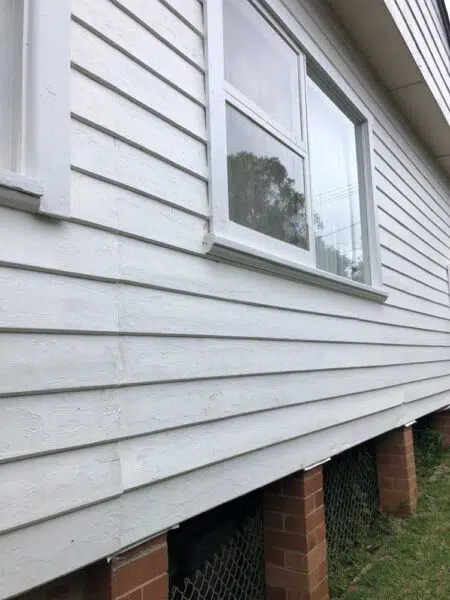
Many fibro or timber cottages are built on brick piers. One way to quickly tell if a house might be timber or fibro is by looking from underneath.
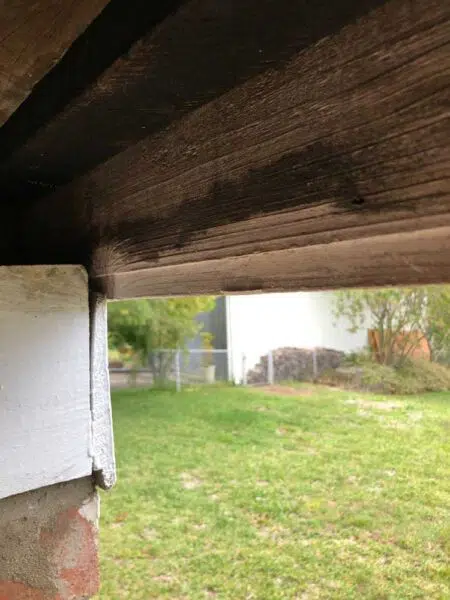
The cladding on this house is timber and not fibro. However, this does not guarantee that the internal walls of the house are not fibro.
Usually, if a house is definitely NOT fibro, the vendor and selling agent will be jumping up and down to emphasise this. If the agent keeps skirting the issue and won’t say conclusively either way, then that is a hint that they are perhaps not being forthcoming.
Don’t rely on a vendor-paid building and pest inspection report because it will often intentionally avoid the topic altogether.
Loose-fill asbestos: ‘Mr Fluffy’
Loose-fill asbestos is raw crushed asbestos, which was installed as ceiling insulation in the 1960s-1970s. A Canberra based company known as ‘Mr Fluffy’ is well-known for this. Over time, hazardous airborne fibres can move from the ceiling into living spaces. Unfortunately, simply removing loose-fill asbestos from a ceiling cavity does not remove the enduring hazard. As such, the NSW Government has determined that demolition, disposal and comprehensive site remediation is the only solution to keep the community safe.
Loose-fill asbestos cannot be confirmed by a visual inspection as there are other types of insulation that look similar. For this reason, a sample of the material needs to be taken by a licensed asbestos assessor and tested by an accredited laboratory to confirm the presence of loose-fill asbestos. Homeowners are able to arrange their own private sample testing.
The NSW Government is required under the Home Building Act 1989 to maintain a register of residential properties that contain loose-fill asbestos insulation – the Loose-fill Asbestos Insulation Register.
If a property is affected by loose-fill asbestos and has been added to the loose-fill asbestos insulation register, a warning sign must be displayed on the main switchboard. The ‘tagging’ alerts emergency services workers, tradespeople, service providers and maintenance workers that the property contains loose-fill asbestos insulation.
Does that mean you should avoid fibro houses?
Whether or not you should buy a fibro house depends entirely on your plan for the property. If you intend to bulldoze it and build a brand new house then, of course, this is not an issue. You just need to be cognisant of the additional cost involved with the removal and disposal of asbestos and budget accordingly. You should not buy a fibro house if you think the house needs renovation, which would cause the asbestos fibres to be disturbed and released into the air.
If you choose to buy a fibro house, then at the very least make sure the fibro sheets are in good condition and you are paying a price which is commensurate with a fibro house. Generally, on the North Shore, fibro houses are considered land value purchase as the house is often of little to no value.
The main thing is, you need to be knowledgeable about all the facts of the home you are intending to buy so that you don’t ever buy a fibro house by mistake.

